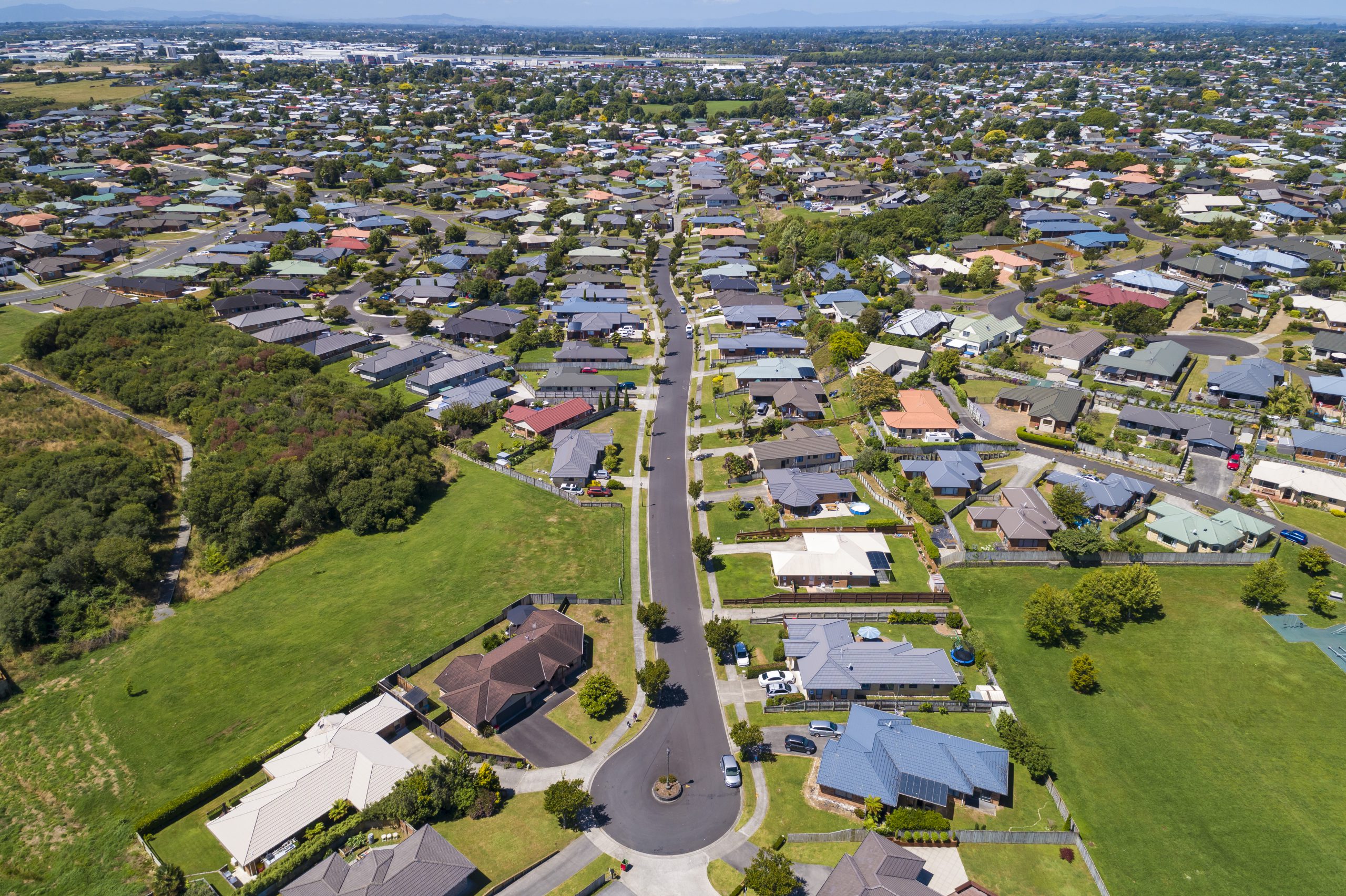
Disruptions to the global financial market, including the failure of Silicon Valley Bank and the stressed purchase of Credit Swisse, has left many buyers and sellers asking what this means for local lenders, mortgage rates and a rebound in property values.
The good news is that local lenders operate in a safe environment without ultra-cut-throat competition.
By comparison, the US, where the problem emerged, has more than 4,000 banks competing by offering ever lower loan rates and easier conditions.
With the Federal Reserve increasing rates in America, a handful of banks have found many of their recent deals under stress, hence the problem.
Many New Zealand owners would doubtless have been heartened when markets suggested this stress might mean stalling or reducing rates. But no such luck. The Fed pushed US rates higher within a fortnight.
So, what are local home borrowers facing right now? Here’s a quick summary.
More than half of all homeowners are on fixed rates, but those deals will be coming to an end during the next 12 months. One in 10 has a loan that combines fixed and variable rates. When these deals end, it will squeeze household budgets.
So how tight will the squeeze be? The Reserve Bank of NZ (RBNZ) suggests owners will see a 2% to 3% hike in their rate. That will cost a shade over $9,000 per year if you have a $500,000 mortgage over a 30-year term.
Owners are already shopping around in preparation for the end of their fixed-rate deals. The good news here is that the RBNZ says non-performing and loan defaults remain remarkably low at 2.5%.
Excellent job security remains, which will help homeowners weather the transition from low fixed-rate loans negotiated up to five years ago. The RBNZ says the only worry on the horizon is our economy’s ability to create employment opportunities for the number of workers entering the jobs market.
